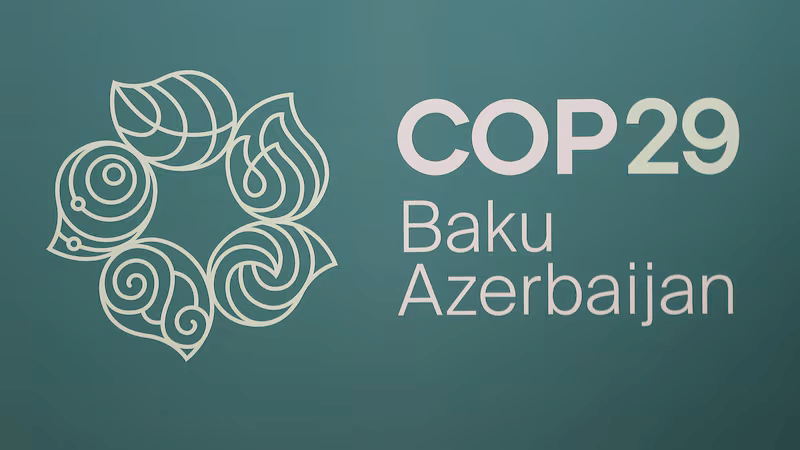
By Aaron Yancho Kaah
Imported Rice is the cheapest commodity one readily finds in Cameroon’s local markets. The government’s reluctance to boast local production saw the massive and the indiscriminate importation of rice into the country. This import policy killed the local rice sector.
Over the last few years, the Cameroonian government has been mapping out strategists to revamp the rice sector. Some institutions have been put in place to ensure this transformation. The Upper Noun Valley Development Authority in the NW and the SEMRY project in the North regions last year received a government subvention to boost local rice production.
The government also trumpeted a new species of rice that will improve yields and face the changing weather patterns.
One year down the road the expected out put is till far fetched.
The importation of rice is still an on going phenomenon. This is evident as the demand for rice consumption in the country is far more higher than what is produced in the local markets and farms. Sources from the Cameroon customs department puts the rice importation figures in 2014 at 552,000 tons of rice as against 139,000 in 2013, representing an increase of 8.9%.
At the local markets, instead of the Ndop Rice that is produced by the Upper Noun Valley Development Authourity UNVDA or the SAMRY rice that comes from the Northern region of Cameroon, the Pakistani, Thailand or Chinese rice sell like hot cakes.
The disturbing fact about these statistics are that Cameroon has enormous potentials and high arable fertile land for rice cultivation.
According to records from the ministry of Agriculture and Rural Development, Cameroon produces only 100.000 tons of rice far below the 300.000 tons on demand annually. In a recent report by a French language news tabloid, the importation of foreign rice was also attracting foreign taxes.
In a 2014 report, rice importers in Cameroon published what they condemned as a health inspection fee of 250 Fcfa per ton of rice imported through the Douala port from January of 2014 by the ministry of public health. The importers labelled the fee as dubious and a means to corrupt the sector.
During a board meeting of the Upper Noun Valley Development Authority Board meeting at Ndop a year ago, the members focused on developing strategies aimed at ameliorating rice cultivation in the institution and also map out ways of meeting up with the national demand.
Officials at the Cameroon agro-sector say this institution is seeking ways of maximizing its potentials through the introduction of two cropping seasons. This means they will be expected to produce 75,000 tons of rice on a surface area of 15,000 hectares.
On another score, the SEMRY project in the Northern region that produces 70 to 80% of Cameroon home-consumed rice announced the acquisition of a rice paddy transformation machine with a ten ton capacity. SEMRY is in record for producing over 70,000 to 80,000 tons of rice annually. These giant rice making institutions are charged with the task of ameliorating local rice consumption on Cameroon territory within a given time frame.
During a National Agro-Pastoral Show at Ebolowa in Cameroon in 2011, some farmers were unanimous that rice was not only an income earner for the country but a stable food crop that needed the attention of all development stakeholders. Asangue Pius winner of the best rice farm project from the North West Region of Cameroon remarked that motivating farmers through the creation of local farmer banks could enhance access to loans to help improve local production and processing.
Challenges in local production
The lack of investment in the rice sector saw the drop in the production capacity across the country.
By 1989 rice production in Cameroon dropped to 62,000 tons as against 70,000 tons that were harvested in 1961. At the Ndop valley ,the bastion of rice production in the NW region, some 4,985 tons were produced in 1995 which constitutes an insignificant output compared to the 1980 production which stood at double digits.
By 1990 mechanized rice subsidies were already eliminated. This gave way to a string of challenges in the rice cultivation schemes. The devaluation of the CFA Francs and the structural adjustment plans in the early 1990’s forced the Cameroonian government to relegate extensive farming projects. The rice sector was now in the hands of poor subsistent farmers. To meet up and satisfy the growing demand for rice, the government began engaging in the importation of rice.
The failure of some agricultural project like the SODERIM to stay above the steam, saw their doors shot as a resulting lack of finance. The difficulty in obtaining loans and incentives to improve production, in the climate changes, many farmers gave off their efforts in pursuing rice production. The loss of water and the seasonal uncertainties got many communities wiped out of the rice production map.
Revamping the Sector
More Rice production in Cameroon could help reverse the negative ongoing trade balance in the markets, provide jobs for youths and incomes for the rural poor. This means government had the task to stop the importation of rice which is /was considered cheaper in the local markets to concentrate on local production.
Imported rice is highly subsidised and this explains why locally produced rice seems highly costly in the local markets. Farmers across Cameroon explain that the cost of producing rice is far too high for them to compete favourably with importers.
“The only remedy could be for government to subsidise us,” Mboh Mike a rice farmer remarked. Though these farmers feared that corruption could dampen the government subsidizing schemes, they opined that creating local loan schemes at community levels to finance rice cultivation could brighten the sector and their hopes.
Some farmers affirm that the introduction of new varieties like the NERICA rice species alongside the provision of fertilizers and insecticides could ameliorate production and interest in the sector, Others want an immediate stop to importation. It is now left for the stakeholders in this sector to urge government to protect farmers in rice cultivation who are very passionate to reap the fruits of their labour in Cameroon.









